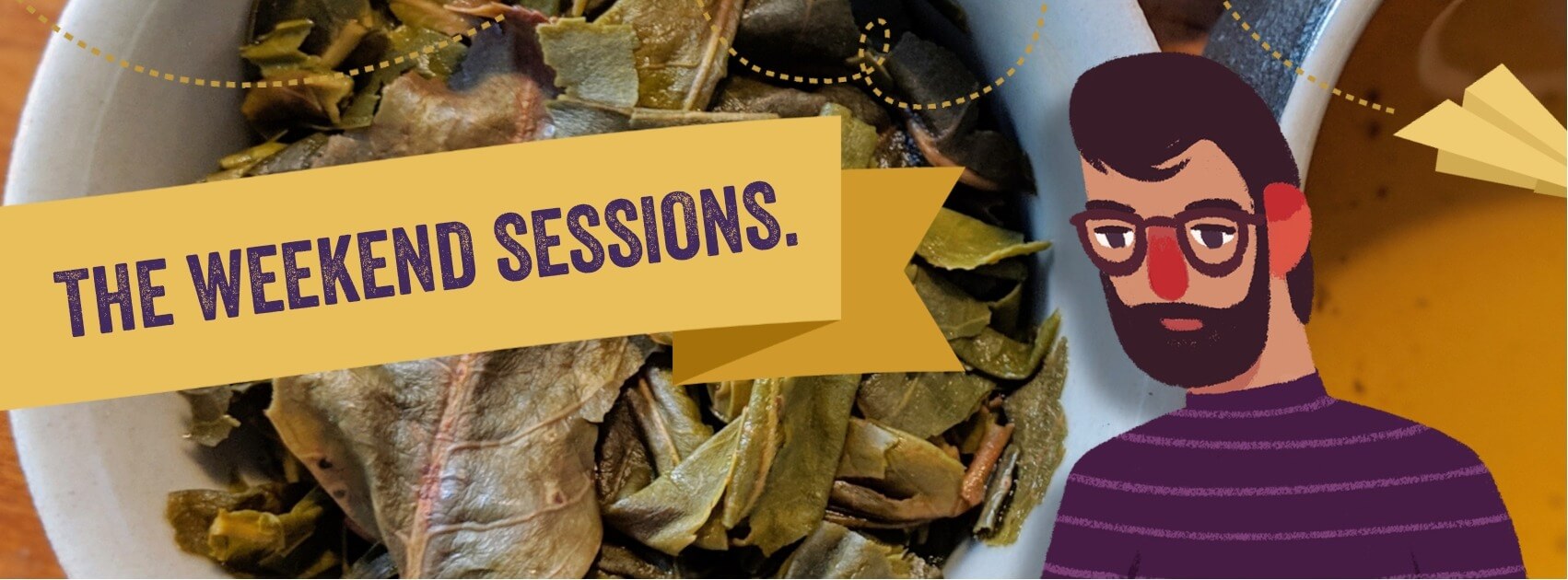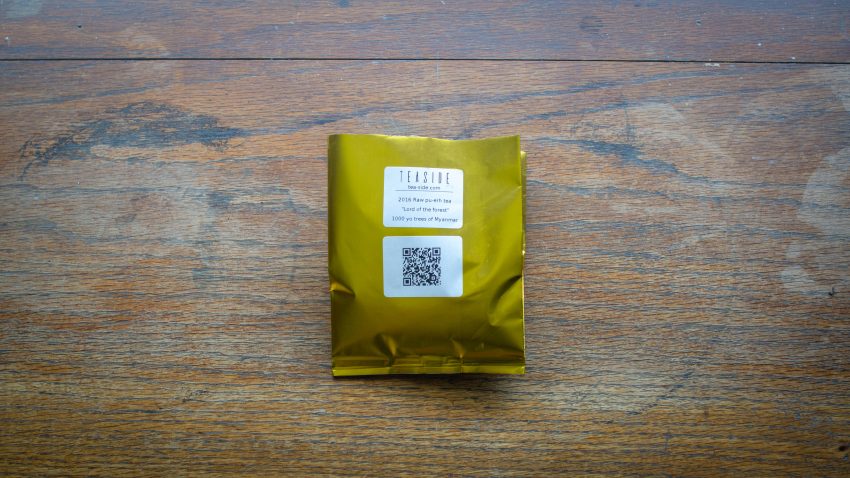Lord of the Forest by Tea Side is a sheng puerh-esque tea made of ancient trees from Myanmar. The reason I say “puerh-esque” is because technically puerh has to be produced in Yunnan so just like sparking wine made outside of Champagne can’t be called Champagne, this tea shouldn’t be called puerh. I will be doing several reviews of puerh type tea made outside of Yunnan so for the sake of ease, I will simply be referring to it as puerh from here on in.
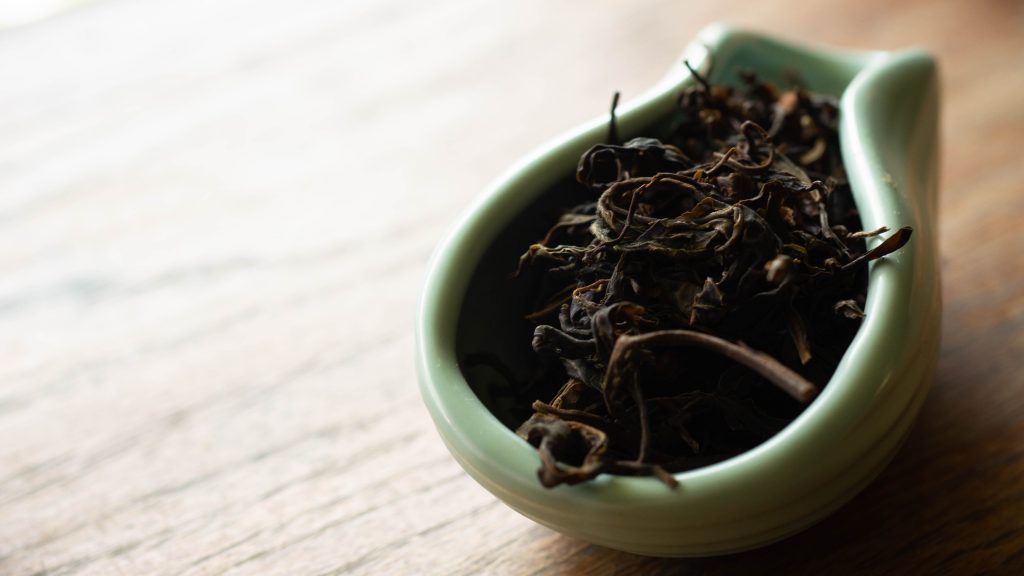
Initial Impressions
While the dry leaves are pretty unremarkable in aroma, the wet leaves smell deep and complex. There is lots going on with notes of pear, peach, grape and some faint floral notes as well.
For this session I am using 3.7 grams of tea in my 55ml gaiwan, 90°C water, and infusions starting at five seconds and increasing by five seconds each steeping after one rinse.
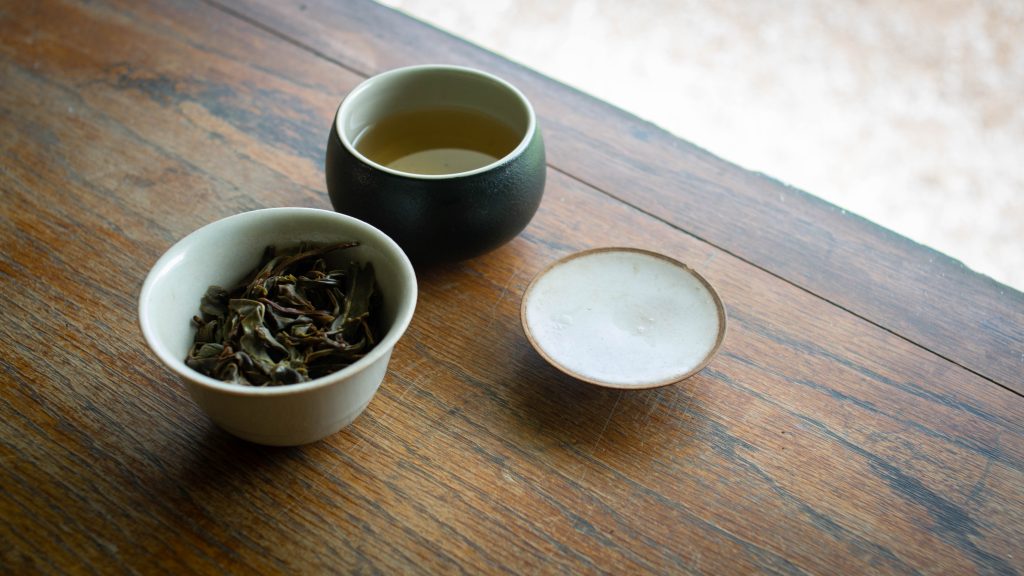
Infusions 1-3
The first sip of infusion one had me going to the Tea Side website to re-read the notes on this tea to see what they said about it. Sheng puerh can have a pretty wide range of flavours, but to my tastebuds there is nothing in common between this one and any other sheng I have had. It’s quite fruity, with the most prominent note being a sweet Darjeeling-like muscatel flavour. Infusion two brings the sweetness up and adds in some light floral qualities. The third infusion again gets sweeter and is very grape jam-like in taste. Through the first three infusions the aftertaste is in the midrange of both power and length, and the mouthfeel is pleasantly oily, though not too thick.
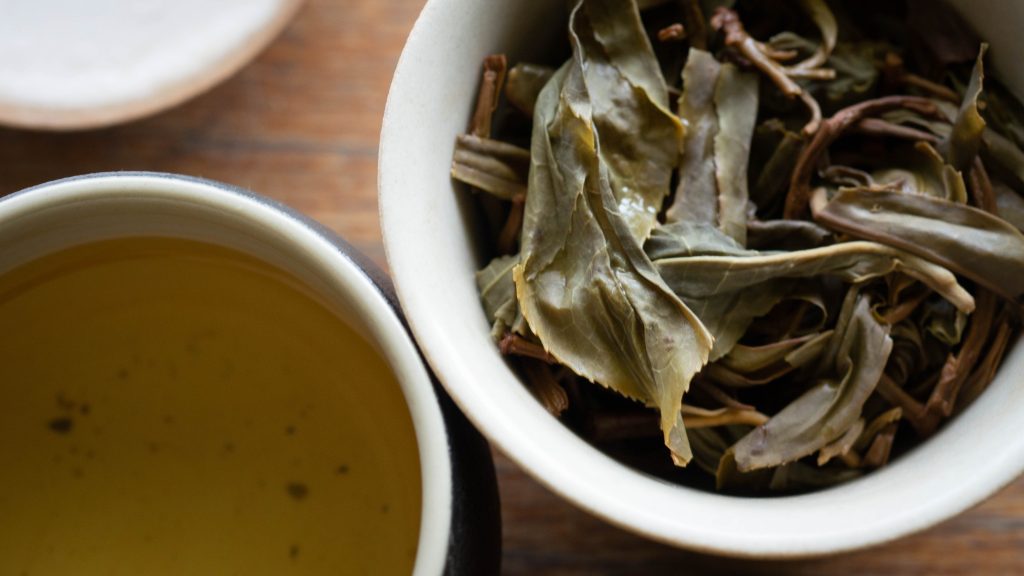
Infusions 4-6
Four infusions four, five and six, not much changes. The tea remains sweet, grape-y and floral. The body has thickened up a little bit and moves from an oily texture to more of a syrupy one. The aftertaste also increases in length. I keep waiting for some more familiar sheng notes to pop up, but I’m not really getting any at all.
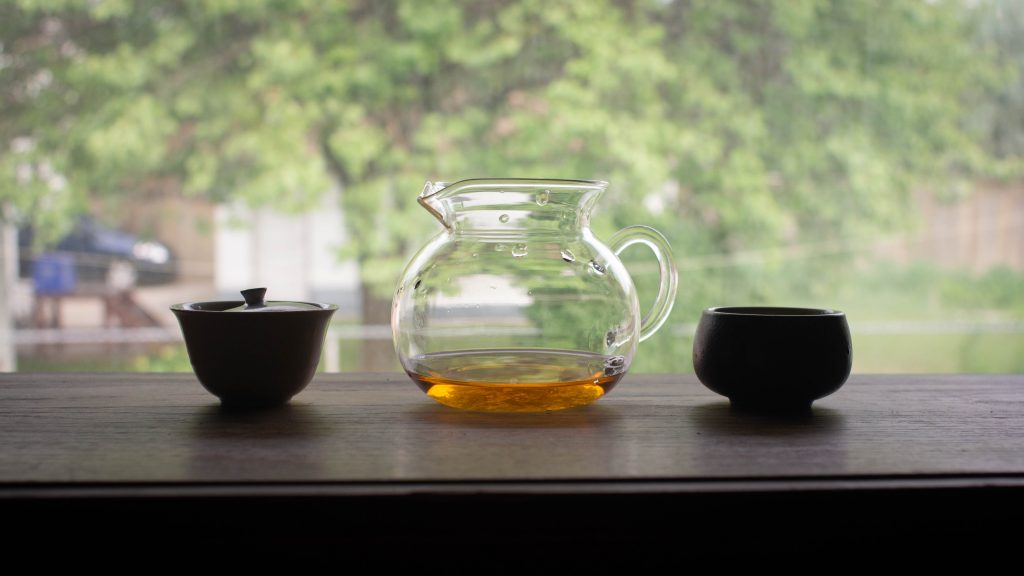
Infusions 7-10
Seeing as this tea has remained virtually unchanged in taste from the first infusion through the sixth, for the remainder of my session I decided to up the water to a full boil and see if this brings out anything new. This was not the case, and the life of the tea was starting to drain out. At the tenth infusion almost all flavour was gone and so I ended the session.
Final Thoughts
Lord of the Forest is a tough tea for me. I 100% enjoyed my session and at the end of the day that is all that really matters, but to call this a raw puerh is odd to me. It has much more in common with Yunnan Sourcings Wild Tree Purple Moonlight (which is a white tea) than any other sheng I have had. This isn’t really a big issue though, as samples are available so you don’t need to buy blind. If you’re looking for a more “out there” sheng, this could be one to try.
